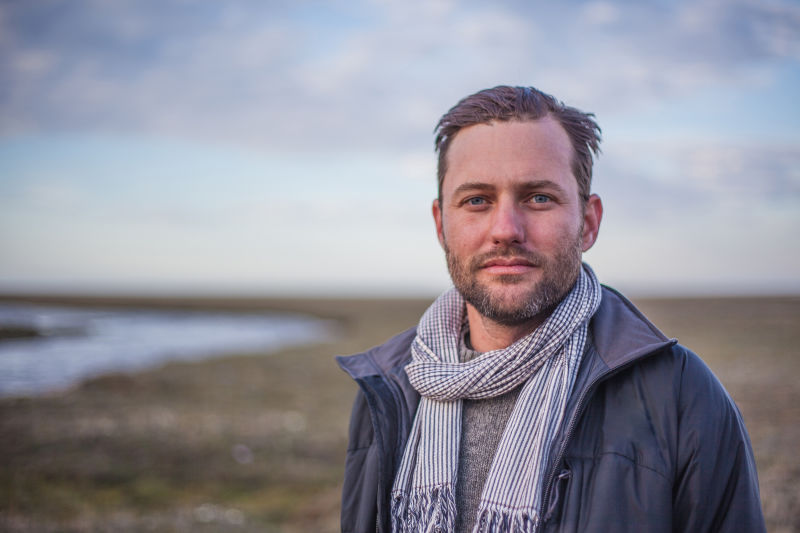Review: ‘Satellites in the High Country,’ by Jason Mark
Teddy Roosevelt, the former U.S. president who reinvented himself as a rugged outdoors man, once described the wolf as the “beast of waste and desolation.” On reading Satellites in the High Country: Searching for the Wild in the Age of Man by environmental journalist Jason Mark, it’s obvious that humanity’s destructive influence on the natural world far outweighs any waste and desolation caused by the poor, maligned wolf. It’s also clear that humans need the wilderness, and everything it entails, now more than ever before.
Mark arrived at the writing of the book — a collection of essays about our conflicted relationship to the wild in the Anthropocene epoch — on impeccable credentials. Recently announced as the new editor of Sierra Magazine, he’s also the cofounder of Alemany Farm, a 3.5-acre organic farm in southeast San Francisco. Mark, who lives in Oakland, is an avid backpacker, lover of wilderness, and a “committed pastoralist.”
This background lends a certain levity to an issue that often stirs up heated arguments. Essentially, by the book’s end, Mark arrives at the argument that the wild (or nature, or wilderness, however you call it) would thrive best if self-willed, uncontrolled, and allowed to change and evolve as it may, even if that means losing species along the way. “A renewed respect for the wild can check the delusion that somehow it has become humans’ responsibility to take control of everything and every place,” he writes in “Bewildered.”
 Mark journeys from the Black Hills, a contested place of massive spiritual importance for the Lakota of the Pine Ridge Reservation in South Dakota; to the Gila Wilderness, where wolves are tracked and monitored to within an inch of their lives by conservationists; to the ancient Olympic Wilderness, where the author struggles in vain to find one place in the U.S. that might remain untouched by human industrial presence. Through it all, he does a nice job of balancing historical fact and sociopolitical commentary with poetic passages that celebrate the breathtaking beauty of the natural world.
Mark journeys from the Black Hills, a contested place of massive spiritual importance for the Lakota of the Pine Ridge Reservation in South Dakota; to the Gila Wilderness, where wolves are tracked and monitored to within an inch of their lives by conservationists; to the ancient Olympic Wilderness, where the author struggles in vain to find one place in the U.S. that might remain untouched by human industrial presence. Through it all, he does a nice job of balancing historical fact and sociopolitical commentary with poetic passages that celebrate the breathtaking beauty of the natural world.
In the Eagle’s Nest Wilderness, streams spill “down mountainsides like braids of silk.” When Mark spends the night in the Gila Wilderness in Arizona, stars “appear hung in three dimensions, crystals dropped into a net of dark matter.” During a pit stop at spring-fed Aravaipa Creek, he describes how the canyon “begins with heavy slabs of dark-red shale at the bottom, prickly pear, and patches of gray bursage and brittle brush. It’s a world of heat and thorn and rock. A whole universe exists just below.”




